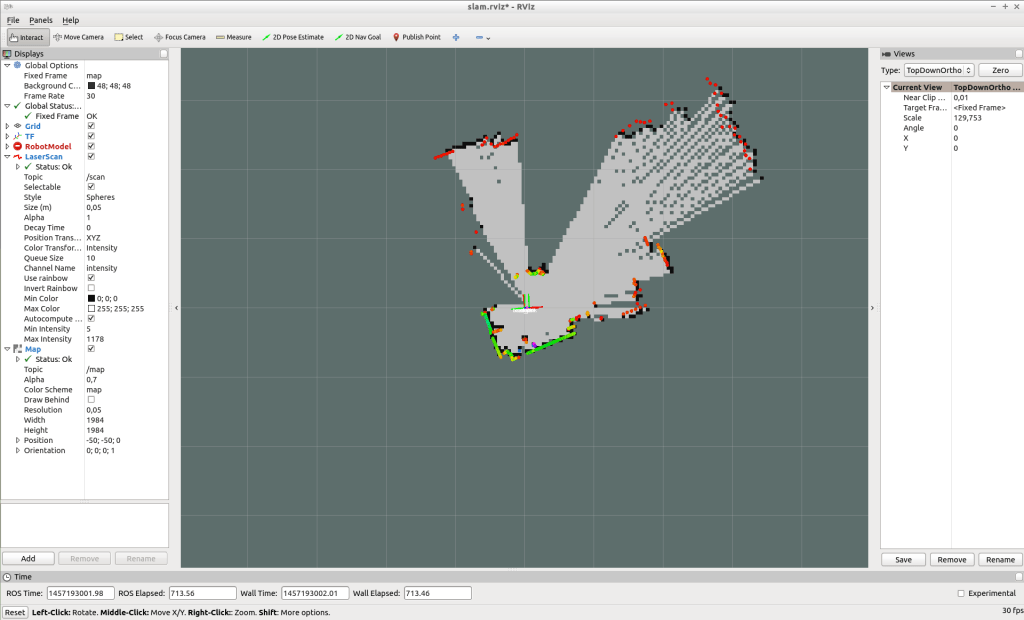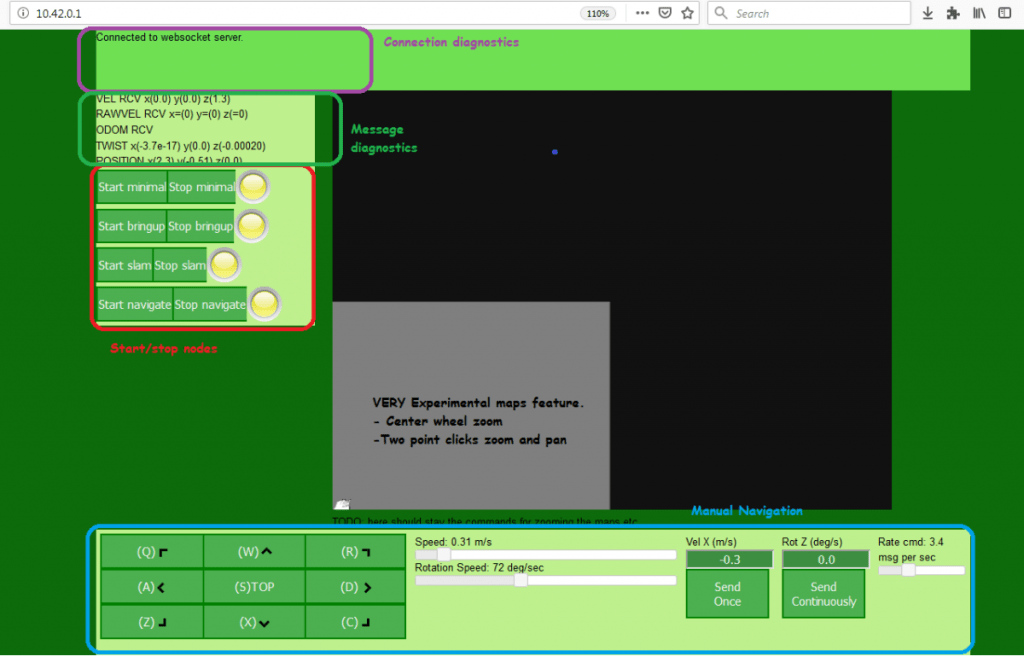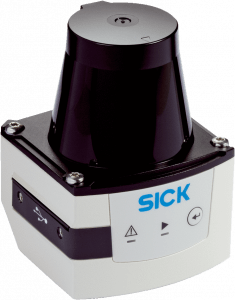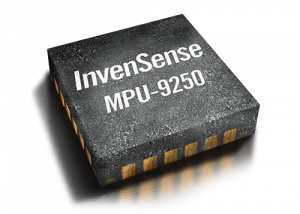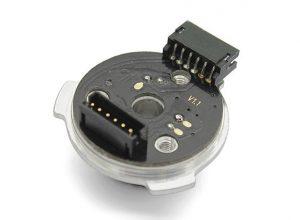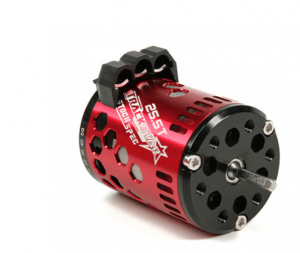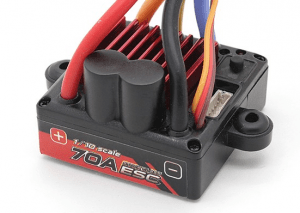PLUTO PROJECT
SYSTEM Overview


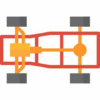


The main objective of the Pluto platform, as a system, is to develop a fully-functional autonomous driving and self localizing and mapping ground robot.



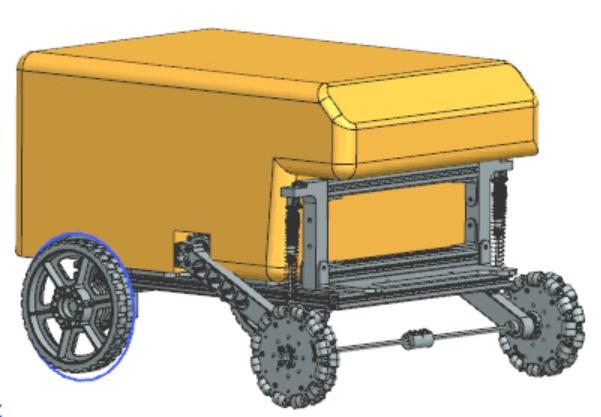
System Hierarchy view:
Technical Information:
SYSTEM CONTROL
The entire system is controlled via a webapp, that allows different nodes to run and perform the SLAM tasks or the Autonomous Navigation
THE NAVIGATION SYSTEM IN DETAIL
The main functionalities of navigation are performed with different ROS nodes that provides navigation and localization functionalities. The embedded system is running on a Raspberry Pi 3 used for first four versions of Plutorobot and Raspberry Pi 4 is for Plutorobot 5.0
By the usage of a Sick Lidar and an IMU the robot is able to perform a proper evaluation robot localization and then perform the navigation.
A sensors fusion, including the RPMs acquisition of the wheels allows the bot to navigate and localize.
Sensor Fusion for robot localization
The power train is composed by two independent brush-less motors controlled by two ESC (electronic speed control)
A separate firmware running on a Teensy 3.2 that receive velocity command and publish achieved velocity process with a PID controller (in a ROS manner)
Privacy Overview
| Cookie | Dauer | Beschreibung |
|---|---|---|
| cookielawinfo-checbox-analytics | 11 months | This cookie is set by GDPR Cookie Consent plugin. The cookie is used to store the user consent for the cookies in the category "Analytics". |
| cookielawinfo-checbox-functional | 11 months | The cookie is set by GDPR cookie consent to record the user consent for the cookies in the category "Functional". |
| cookielawinfo-checbox-others | 11 months | This cookie is set by GDPR Cookie Consent plugin. The cookie is used to store the user consent for the cookies in the category "Other. |
| cookielawinfo-checkbox-necessary | 11 months | This cookie is set by GDPR Cookie Consent plugin. The cookies is used to store the user consent for the cookies in the category "Necessary". |
| cookielawinfo-checkbox-performance | 11 months | This cookie is set by GDPR Cookie Consent plugin. The cookie is used to store the user consent for the cookies in the category "Performance". |
| viewed_cookie_policy | 11 months | The cookie is set by the GDPR Cookie Consent plugin and is used to store whether or not user has consented to the use of cookies. It does not store any personal data. |

